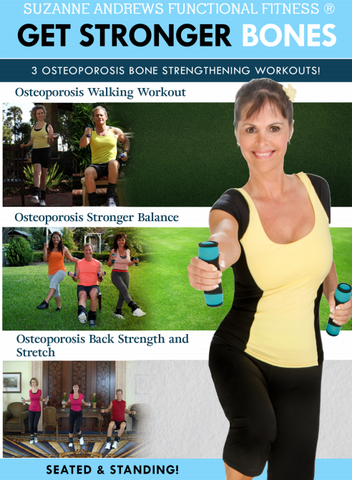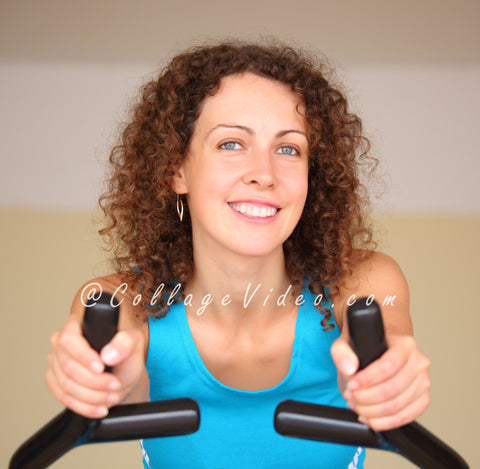What You Need to Know About Balance After 40

Did you know that balance is not natural? That's right -we must work on balance to keep it as we begin to lose it as early as age 40. Another thing to note is the exercises you've been doing to improve your balance might not be enough. Keep reading and I'll explain: (I'll keep it brief)
Maintaining and improving balance is an important factor in enjoying a healthy lifestyle, strengthening your body and preventing injury. Most falls occur within the home, (from my experience as an occupational therapy clinician, the bathroom is the number 1 place to fall.) These injuries include broken hips, wrist/shoulder fractures and brain injuries.
Not only do these injuries result in long hospital stays and painful recoveries, they also cause loss of independence, decreased daily function and loss of the ability to participate in social activities. Lack of proper balance can inhibit daily activities that we often take for granted such as getting in and out of bathtubs, climbing stairs and using a car. It is important to be proactive in your health and prevent balance injuries before the happen by participating in an exercise program that strengthens “spinal stabilizers”, (back and abdominal area) your legs and specific balance exercises to increase your “proprioception”, (your brain's ability to sense where your limbs are positioned in space). Since your proprioceptors weaken over time, it is vital to strengthen this sense, just like you strengthen your muscles.
You won't find these balance exercises in most DVDs as these specific balance exercises are therapy based. Therapists will place you on "uneven surfaces" to strengthen your balance muscles and your proprioception. Why? Because when you are on an uneven surface, you activate all your balance muscles by challenging them. That's why in the Get Stronger Bones DVD, you will see the most advanced version demonstrating on an uneven surface.
If you're not ready for that, it's advisable to start either seated on a chair - and yes - you can strengthen your balance muscles sitting if done to medically proven exercises. If you're beyond chair exercises, you can do the modified standing version using a chair for balance when necessary. Happy balancing and if you have any questions about your exercises make sure to message me - (link below).











 Suzanne Andrews
Suzanne Andrews





